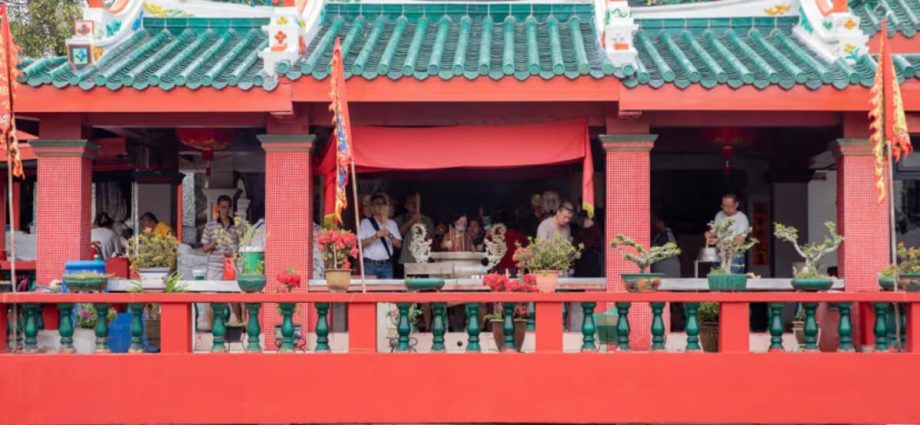
It also helps to cut 96 metric tons of carbon emissions annually.
The project is a tie-up between Nanyang Technological University (NTU) and the Singapore Land Authority (SLA), which manages the island.
“We found that these areas, these lagoons, were quite good sites for us (to install the solar panels), so that we don’t occupy useful land,” Dr Narasimalu Srikanth, programme director at the Energy Research Institute in NTU, told CNA.
He added that as the lagoons help in water transpiration, installing the solar panels there also helps to cool them down.
This makes them between 10 to 15 per cent more energy efficient than land-based solar panels, said Dr Srikanth.
FOR PEOPLE AND THE ENVIRONMENT
The solar panels, which occupy an area about the size of two basketball courts, were installed with the environment in mind.
Their legs, for instance, are covered with marine-safe paint, and are constructed long enough so that fishes and turtles can swim freely beneath them.
The power generated from the solar panels is also stored in batteries and used for the island’s jetty, toilets, temple and main desalination system.

